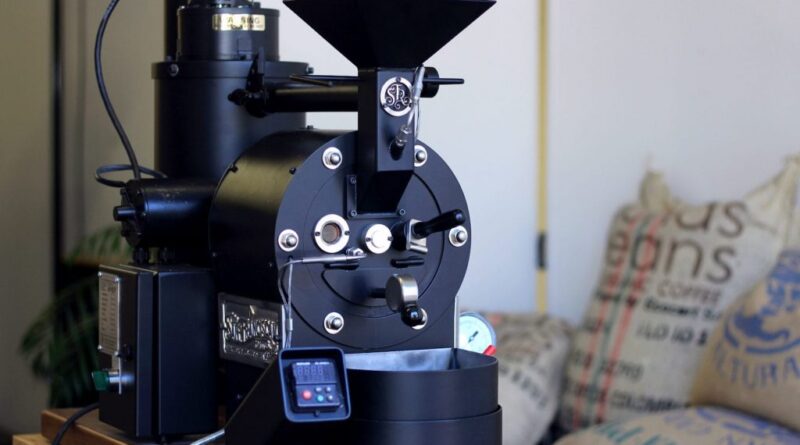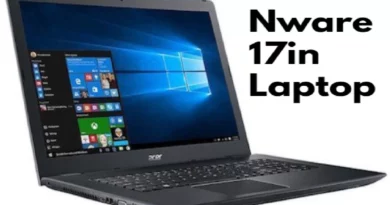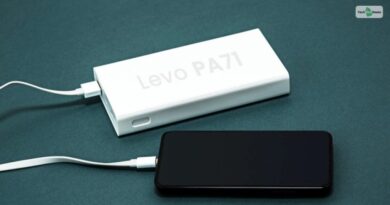Buying a Coffee Roaster Machine
Buying a coffee roaster machine is easier than ever! Here is a guide on how to choose one: features, drawbacks, and cost. Read on to find out how to make your perfect cup of coffee in the comfort of your own home. Getting the perfect coffee roaster machine is a great way to create your coffee shop, without all the hassles of starting from scratch! You can even use a coffee roaster machine as a gift for someone special, or use it for your home-brewed coffee.
Features of a coffee roaster machine
While most coffee roasters can produce excellent-tasting roasted coffee, some have particular features that make them less efficient and difficult to use for top-quality roasting. Some coffee roasting machines are difficult to use because they have thin, single-walled drums, slow gas valves, and poorly-positioned probes. Others are difficult to use because their controls are limited after the first crack appears. Listed below are some of the features you should look for in a coffee roaster machine.
Quality control is an important aspect of any coffee roaster. It is essential to choose a machine with precise controls that allow you to set and monitor the temperature precisely. The machine should also have software to track data. In addition, you should look for a machine with temperature probes that allow you to measure the bean and air temperature. You should also check your local regulations for roastery emissions. Lastly, gas-operated roasters are preferred by many people, as they are more precise. However, you need to consider the price, since they may cost more than a cheaper electric version.
One-pound commercial coffee roasters are perfect for sampling and small production. The SF1 roaster can roast from 200 grams to 590 grams of coffee in a batch. This machine is an American-made model and uses either natural gas or propane. It is not meant for high-volume production. You should also take into account the size of your roasting operation. If you plan to roast coffee for large-scale commercial purposes, you should consider a commercial coffee roaster with a large production capacity.
Cost-effectiveness: A quality coffee roaster will be able to hold the heat better than a less expensive one. You can save money by buying two machines instead of one. But remember that these cheaper models won’t have spare parts, and will not hold the heat as long. In addition to that, you’ll be paying for the durability of the machine, not the gizmos it contains.
Drawbacks of a coffee roaster machine
A coffee roaster machine is an expensive investment, and while it makes a great cup of coffee, there are several drawbacks to using it. For starters, it is prone to dirty equipment, which can cause burns and other defects in the coffee. A dirty roaster can also lead to a lighter roast or negative flavors. As a result, it is crucial to follow the maintenance and usage guidelines specified by the manufacturer. Roasting beans properly also requires an adequate amount of heat and a clean environment.
The price is also a factor. A cutting-edge machine may cost more than a conventional unit, so it is important to weigh the benefits of each before you buy. Depending on your budget, a high-end roaster may not be the best buy for you. However, you can save money by choosing one that comes with a low price tag. You should also prioritize the capacity of the machine.
Smoke is another downside of a coffee roaster. Depending on the type, this problem may not be as bad as it sounds. It’s not uncommon for coffee to release smoke during the roasting process, so be sure to find a coffee roaster with a built-in smoke suppression system. If you’re roasting indoors, choose a roaster that can be placed near a window or under a vent fan to minimize smoke production. The roasting process varies from model to model, but there are some common steps.
Safety concerns are also a concern, especially if you plan to roast a large amount of coffee. Various chemicals released during roasting can be dangerous to workers, and prolonged exposure to these compounds can result in allergies. Studies have shown that 20 percent of workers in a study reported having work-related respiratory symptoms, including respiratory problems. Proper management can minimize these risks by encouraging employees to use best practices and following safety guidelines, but these risks may be higher for micro-roasters.
Some coffee roaster models have a “First Quench” feature, which limits the amount of water introduced to the beans and minimizes the amount of steam created. The roaster then continues its cycle until the beans reach the desired temperature. Once the roasting process has finished, the beans are usually cooled sufficiently to be transported. Several types have this feature, but many have disadvantages. When purchasing a coffee roaster machine, make sure to consider the following features:
Cost of a coffee roaster machine
When comparing coffee roaster machines, you should consider their capacity. Large commercial roasters can run anywhere from two to six pounds of coffee at one time. Depending on your needs, you can invest anywhere from $20,000 to $50,000. Keep in mind that the cost of the roasting machine will also include the labor costs, packaging equipment, and warehouse space. For a smaller business, you can buy a smaller, less expensive unit for around $25,000-$30,000.
The smaller, cheaper machines can roast just a handful of pounds of beans at a time. They are ineffective for high-volume production because they can’t hold the beans long enough to reach the necessary temperatures. If you only want to roast a few cups of coffee a day, an inexpensive model might be all you need. But as you progress, you’ll want to control other aspects of your roast.
The more expensive roasters are bulky, occupy valuable counter space, and need a dedicated location. Larger ones require a dedicated coffee roasting space and accessories. Although they’re cheaper, you’ll likely end up with a machine that’s more expensive than you need. But if you’re new to roasting, a simpler model is probably all you need. You’ll need to get an electric model for easy adjustments.
In addition to buying a machine with the highest capacity, you should also consider the cost of insurance. Business insurance will protect you financially in case of covered losses, and it’s also crucial to have workers’ compensation coverage. After all, a coffee roasting machine is an investment. Your profits will depend on how many coffee beans you roast. However, you can also purchase pre-owned or used coffee roasters. There are several other ways to purchase a coffee roaster machine, including leasing. Some coffee roasting companies rent out their equipment.
The cost of a coffee roaster machine varies greatly. There are different types of machines available, from simple to complex. Before deciding to buy a coffee roasting machine, consider what you’ll use it for. Remember that professional coffee roasters don’t use auto mode; they always use a manual mode to perfect their craft. Nevertheless, the price is worth it. If you don’t plan to sell your coffee, you should avoid buying an overly complicated machine.
Buying guide for a coffee roaster machine
You should do your research before you decide to purchase a coffee roaster machine. The more you read about it, the more you’ll know about its pros and cons. The ratings on the site will also tell you whether the seller delivers on its promises. The best way to purchase a coffee roaster machine for a small business is to maximize your time and budget. Listed below are some tips to help you decide which one to buy.
First, make sure you have adequate space for the machine. You don’t want to be using an old wooden floor that’s not made to support such a large piece of equipment. Concrete floors are also unreliable when it comes to holding up the roaster. It’s also important to have walls and ceilings with sufficient ductwork. If you’re renting a space, make sure you know the rules regarding exhaust venting.
Second, you should consider the size of the machine. Some people purchase a larger roaster than they need to operate. This can limit their growth. They think they need a giant machine to be profitable or serve the community. However, if you’re only looking to roast coffee for a small business, a smaller machine is enough. If you’re looking for a larger machine, you’ll need at least 50 square meters of space. Moreover, larger roasters tend to weigh up to two tons and require a lot of maintenance.
News Infowars is a Professional Blog that provides the latest business strategies, modern tech, gaming, reviews, and interesting news.




